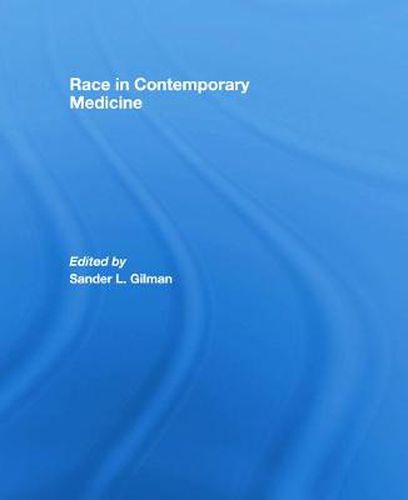Readings Newsletter
Become a Readings Member to make your shopping experience even easier.
Sign in or sign up for free!
You’re not far away from qualifying for FREE standard shipping within Australia
You’ve qualified for FREE standard shipping within Australia
The cart is loading…






With the first patent being granted to BiDil, a combined medication that is deemed to be most effective for a specific race, African-Americans for a specific form of heart failure, the on-going debate about the effect of the older category of race has been renewed. What role should race play in the discussion of genetic alleles and populations today? The new genetics has seemed to make race both a category that is seen useful if not necessary, as The New York Times noted recently: Race-based prescribing makes sense only as a temporary measure. (Editorial, Toward the First Racial Medicine, November 13, 2004) Should one think about race as a transitional category that is of some use while we continue to explore the actual genetic makeup and relationships in populations? Or is such a transitional solution poisoning the actual research and practice.
Does race present both epidemiological and a historical problem for the society in which it is raised as well as for medical research and practice? Who defines race ? The self-defined group, the government, the research funder, the researcher? What does one do with what are deemed race specific diseases such as Jewish genetic diseases that are so defined because they are often concentrated in a group but are also found beyond the group? Are we comfortable designating Jews or African-Americans as races given their genetic diversity? The book answers these questions from a bio-medical and social perspective.
This book was previously published as a special issue of Patterns of Prejudice.
$9.00 standard shipping within Australia
FREE standard shipping within Australia for orders over $100.00
Express & International shipping calculated at checkout
With the first patent being granted to BiDil, a combined medication that is deemed to be most effective for a specific race, African-Americans for a specific form of heart failure, the on-going debate about the effect of the older category of race has been renewed. What role should race play in the discussion of genetic alleles and populations today? The new genetics has seemed to make race both a category that is seen useful if not necessary, as The New York Times noted recently: Race-based prescribing makes sense only as a temporary measure. (Editorial, Toward the First Racial Medicine, November 13, 2004) Should one think about race as a transitional category that is of some use while we continue to explore the actual genetic makeup and relationships in populations? Or is such a transitional solution poisoning the actual research and practice.
Does race present both epidemiological and a historical problem for the society in which it is raised as well as for medical research and practice? Who defines race ? The self-defined group, the government, the research funder, the researcher? What does one do with what are deemed race specific diseases such as Jewish genetic diseases that are so defined because they are often concentrated in a group but are also found beyond the group? Are we comfortable designating Jews or African-Americans as races given their genetic diversity? The book answers these questions from a bio-medical and social perspective.
This book was previously published as a special issue of Patterns of Prejudice.